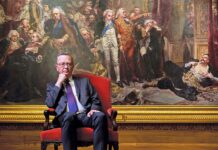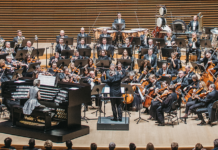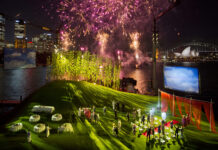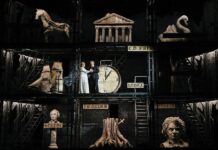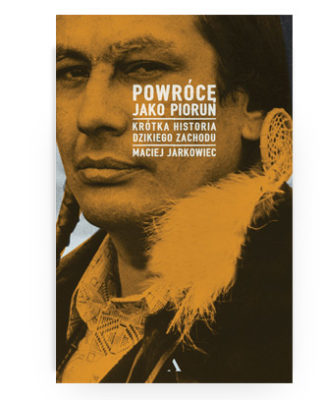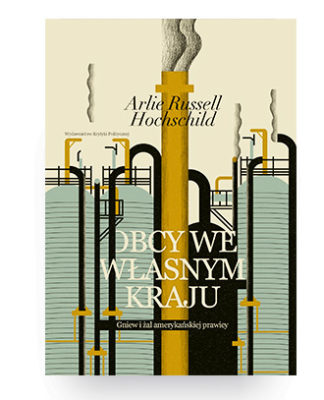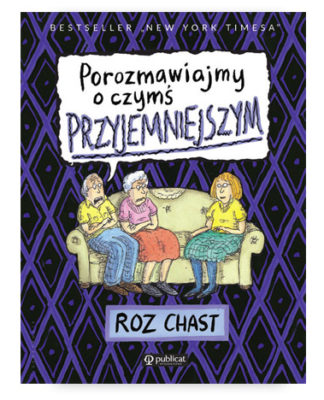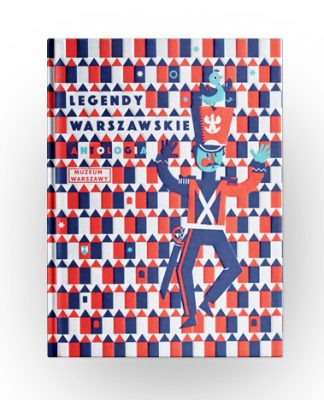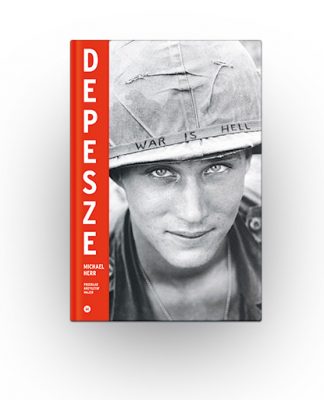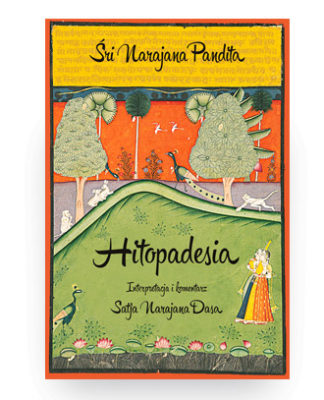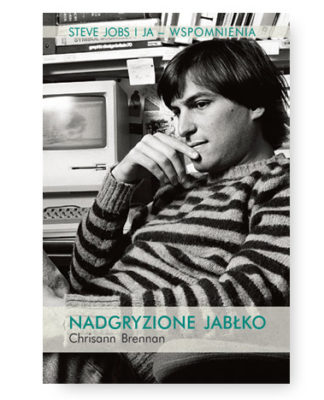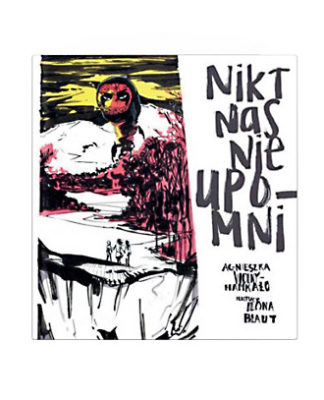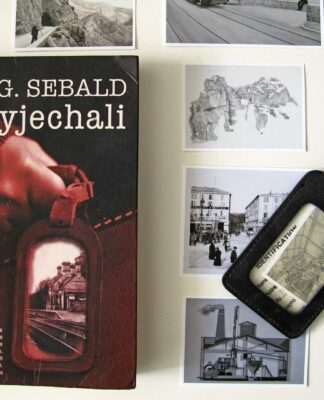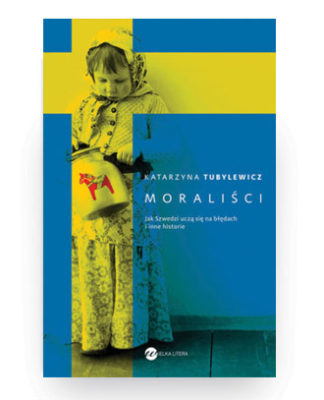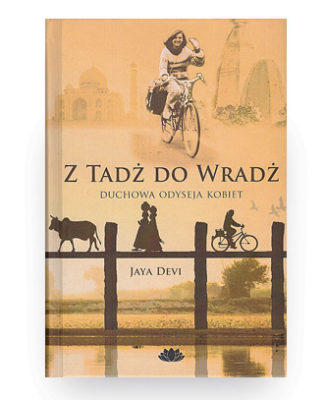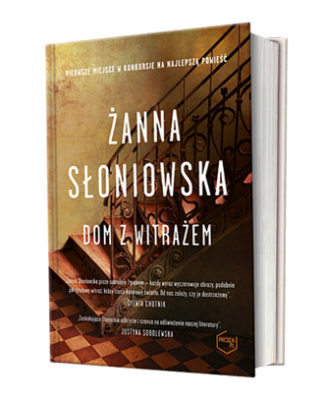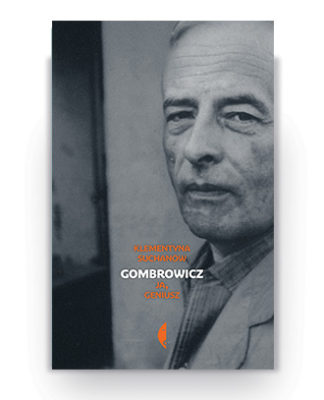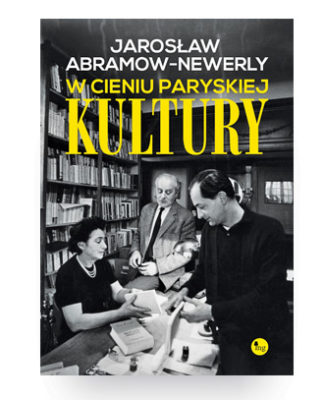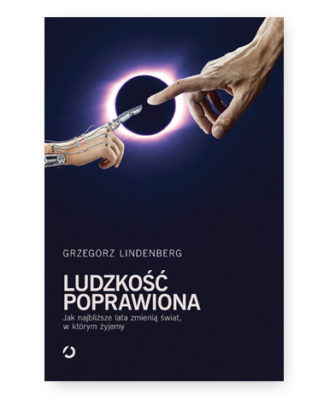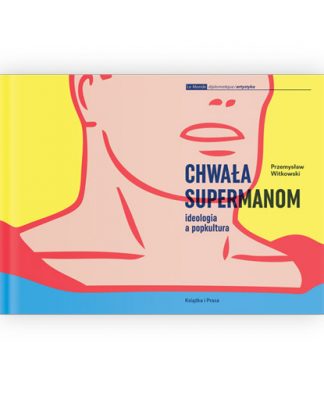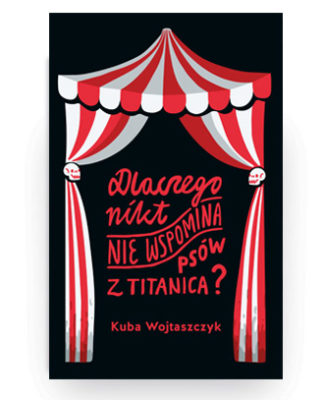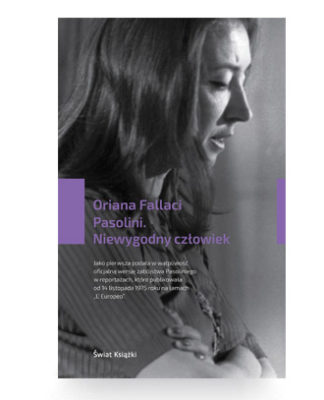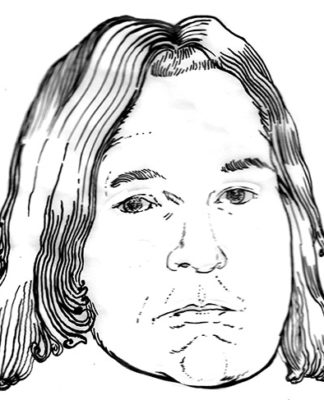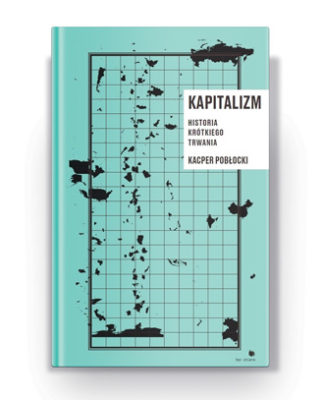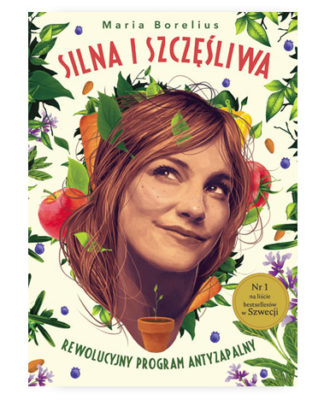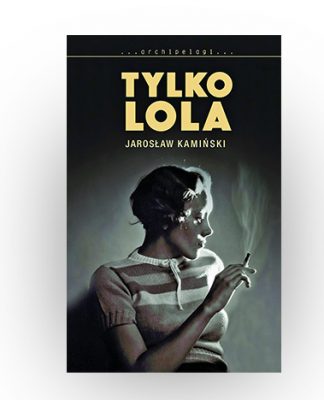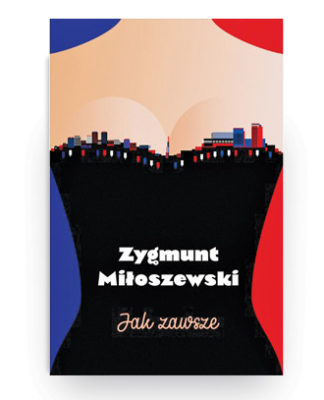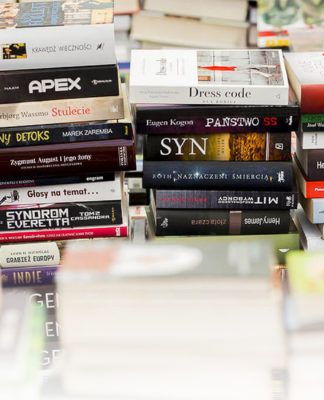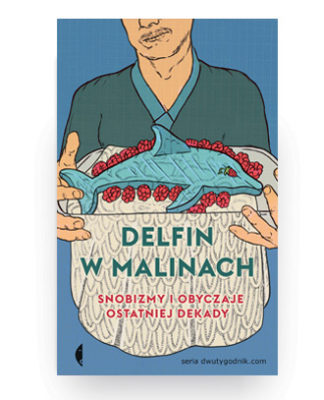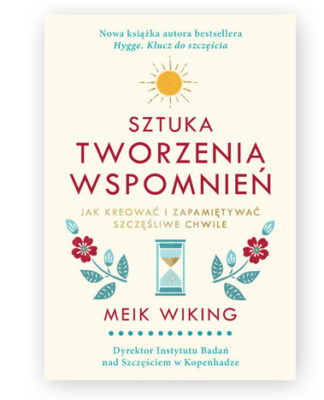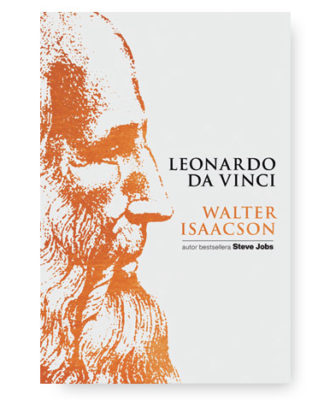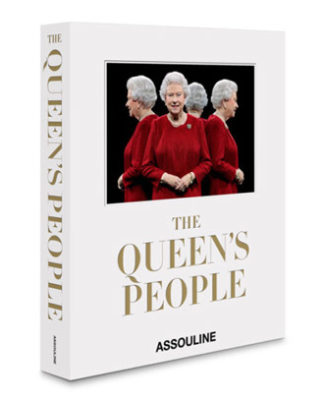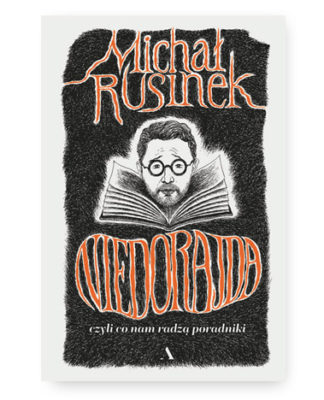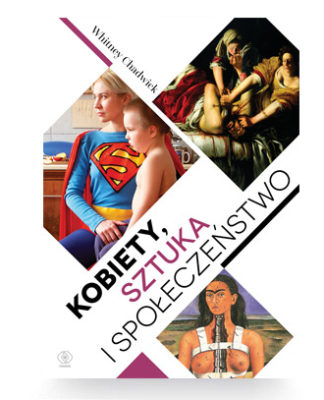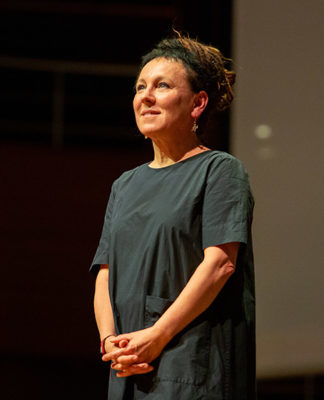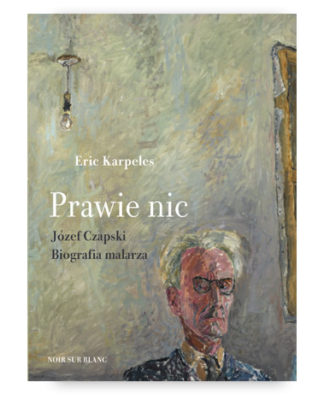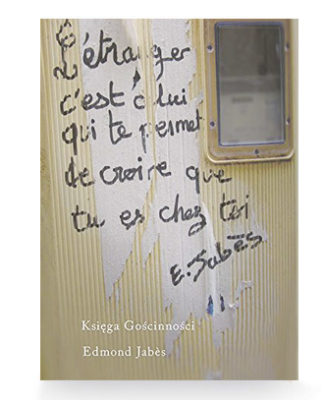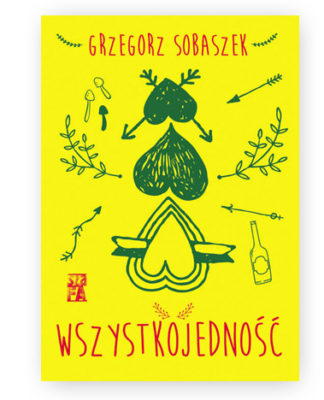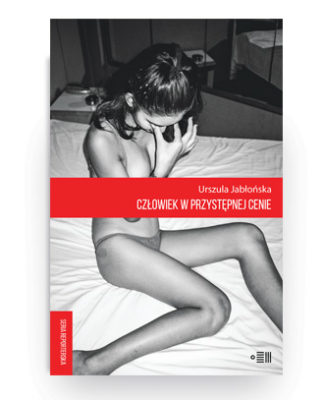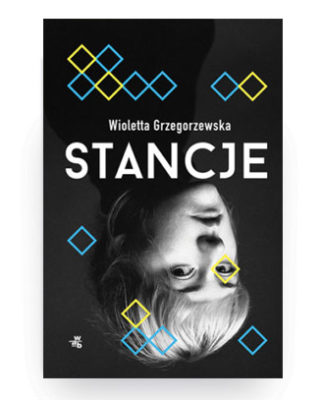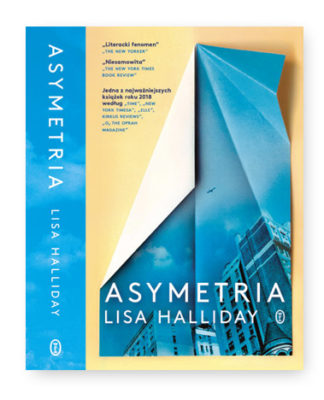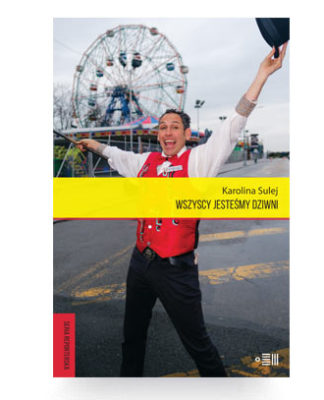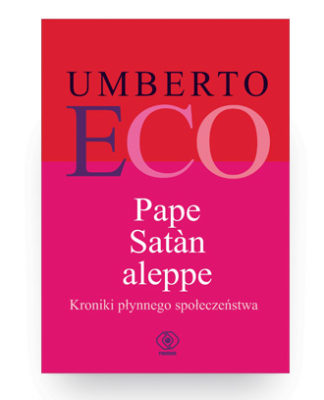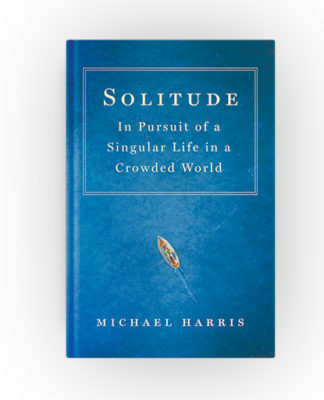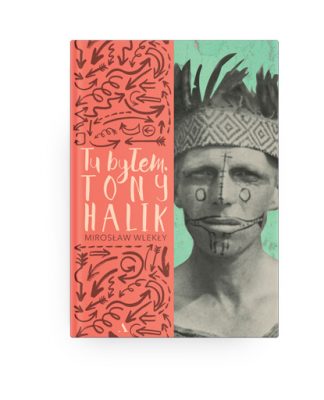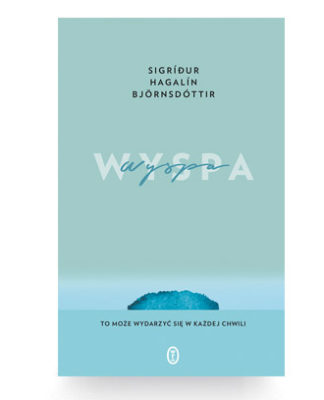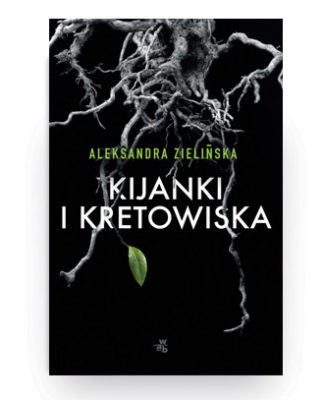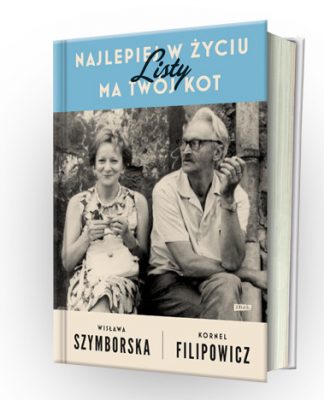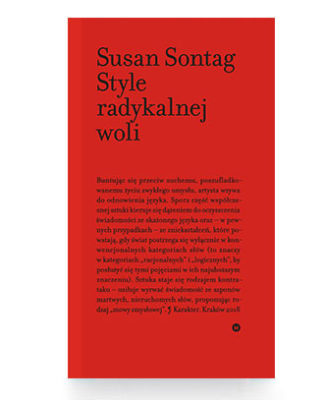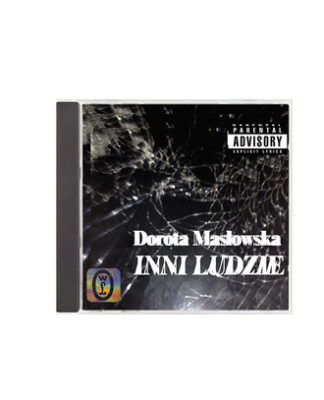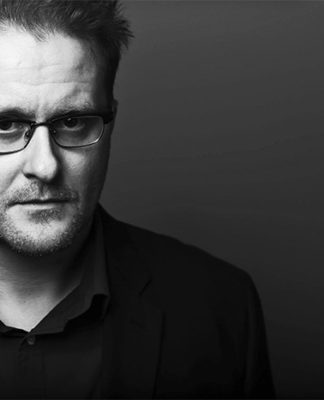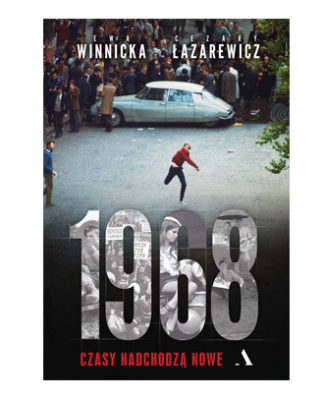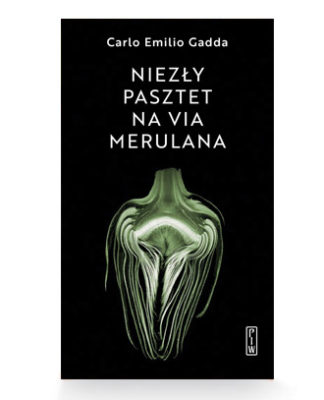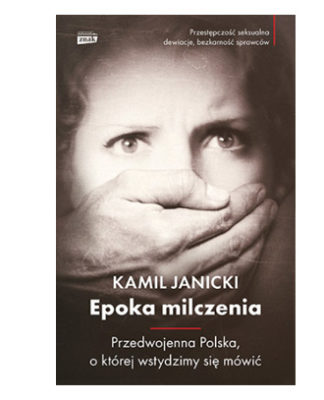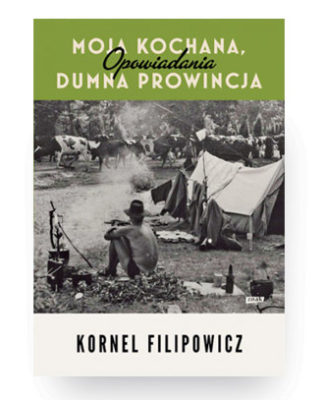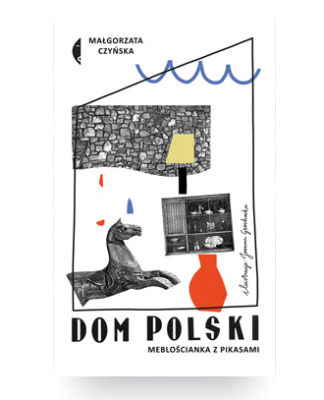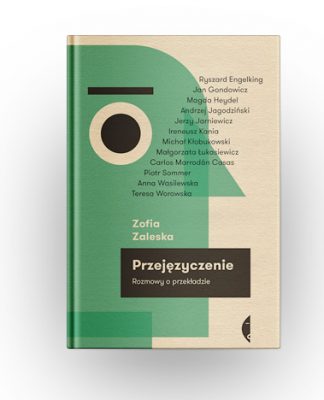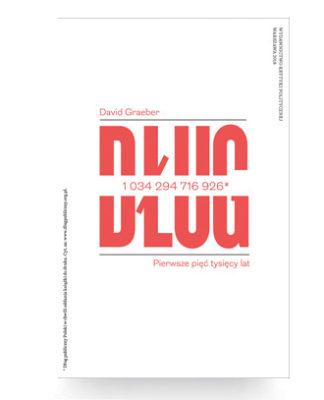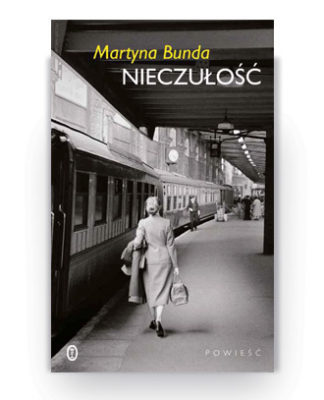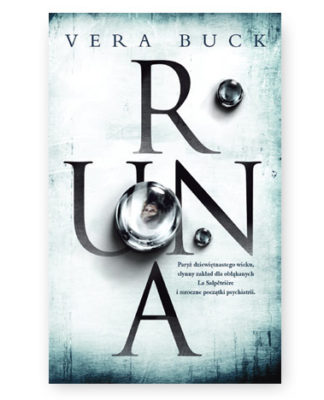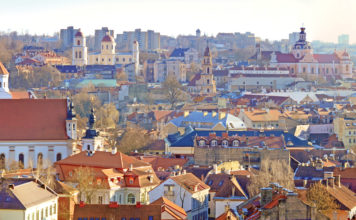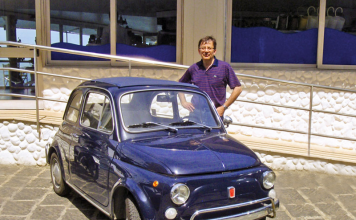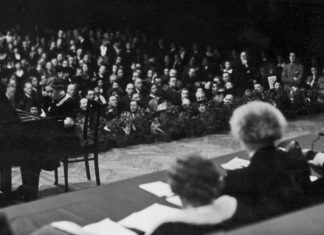🇵🇱 Część 2
Tekst: Jansson J. Antmann w rozmowie z Isobel Parker Philip
Sydney, 2017 rok. Jesteśmy w Galerii Sztuki Nowej Południowej Walii. Na dole Vermeer i Rembrandt, na górze Robert Mapplethorpe. Organizowana przez Muzeum Sztuki Hrabstwa Los Angeles i Muzeum J Paul Getty we współpracy z Fundacją Roberta Mapplethorpe’a i Galerią Sztuki NSW wystawa jest jednym z największych pokazów prac artysty poza Stanami Zjednoczonymi. Wszystko tu jest. Jego portrety Patti Smith i Warhol, falliczne kwiaty i męskie akty. Według kuratorki Isobel Parker Philip, Mapplethorpe jest symbolem swojego czasu. W Nowym Jorku w 1970 r. był enfant terrible, obalając stereotypy związane z płcią, gdy szukał doskonałości przez obiektyw swojej kamery – swojego „idealnego medium”. Parker Philip wyjaśnia: „Mapplethorpe użył tych słów, ponieważ widział fotografię jako idealne medium w latach 70. i 80., kiedy wszystko poruszało się tak szybko”. Kiedyś kontrowersyjne, dziś prace Mapplethorpe mają ponadczasowe piękno. Kiedy zaczynał, galerie na całym świecie dopiero zaczęły włączać fotografię do swoich zbiorów. Dziś jest ona niezaprzeczalnie sztuką.
Wcześniej w tym roku oglądaliśmy wystawę „Andy Warhol przed Popem”. Podobieństwa między nim a Robertem Mapplethorpe są wyraźne. Obaj byli katolikami; obaj pracowali w branży reklamowej; oboje lubili sztuczki i tworzyli dla siebie fałszywe osobowości; obaj byli celebrowanymi portrecistami; i obaj pożądali statusu celebryty. Parker Philip mówi: „Mapplethorpe upamiętnił otaczających go ludzi. Prezentował i celebrował swoje życie tak, jak żył”.
🇬🇧 Part 2: Mapplethorpe – the perfect medium
Sydney 2017. We are at the Art Gallery of New South Wales. Downstairs, Vermeer and Rembrandt. Upstairs Robert Mapplethorpe. Organised by the Los Angeles County Museum of Art and J Paul Getty Museum, in collaboration with the Robert Mapplethorpe Foundation and the Art Gallery of NSW, the exhibition is one of the biggest ever mounted outside the United States. His portraits of Patti Smith and Warhol, phallic flowers, and male nudes are here for all to see. Curator Isobel Parker Philip sees Mapplethorpe as being distinctly of his time. In 1970’s New York, he was the enfant terrible, subverting gender stereotypes as he sought to find perfection through the lens of his camera – his „perfect medium”. Curator of photography at the Art Gallery of New South Wales in Sydney, Isobel Parker Philip explains, „Mapplethorpe used these words because he saw photography as the perfect medium for the 1970s and the 80s when everything moved so fast.” Once controversial, today Mapplethorpe’s works have a timeless beauty. When he started out, galleries around the world were only just beginning to come to grips with the notion of including photography in their collections. Today they are art.
Earlier this year we looked at ‘Andy Warhol Before Pop’. The parallels between him and Robert Mapplethorpe are remarkable. Both were Catholic; both worked in the advertising industry; both enjoyed artifice and created fake personas for themselves; both were celebrated portraitists; and both coveted celebrity. As Parker Philip puts it, “Mapplethorpe memorialized the people around him. He showcased and celebrated his life as he lived it”.





